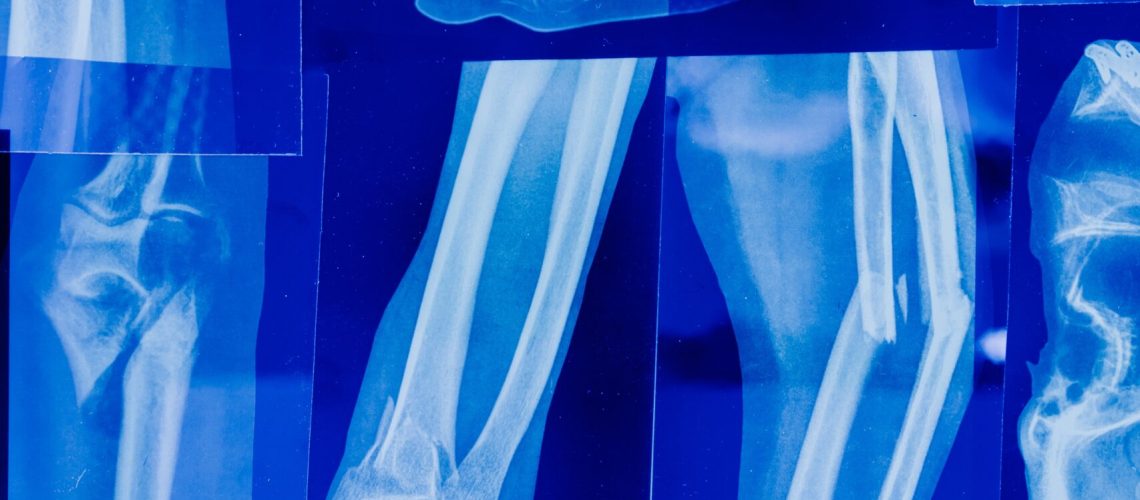A bone fracture is an unfortunate and painful event that can happen to anyone, regardless of age or physical activity level. When a bone breaks, it is essential to ensure that it heals properly in order to avoid complications and regain full function. In this article, we will discuss the most common signs and symptoms of a properly healing bone fracture, so you know what to expect during your recovery process. We will also provide tips on how to support your healing journey and when to consult a healthcare professional.
Understanding Bone Fractures
To better understand the healing process, it’s essential to know the different types of bone fractures. Bone fractures can be classified in various ways, such as by location, severity, and the pattern of the break. The most common types of fractures are:
-
- Simple (closed) fractures: The bone is broken but does not puncture the skin.
- Compound (open) fractures: The bone breaks through the skin, increasing the risk of infection.
- Greenstick fractures: The bone bends and partially breaks, usually occurring in children.
- Comminuted fractures: The bone shatters into multiple pieces.
For more information on different types of fractures, visit OrthoInfo.
The Bone Healing Process
There are several steps you can take to support your bone healing process and ensure a successful recovery:
-
- Follow your healthcare provider’s advice: Your doctor or healthcare professional will provide specific instructions for your recovery, including medications, immobilization, and weight-bearing limitations. It is crucial to follow these recommendations to prevent complications and ensure proper healing.
- Nutrition: Eating a well-balanced diet is essential for bone health. Ensure that your diet includes adequate amounts of calcium, vitamin D, and protein, which are necessary for bone repair and growth. For more information on bone-healthy nutrition, visit National Institutes of Health (NIH).
- Physical therapy: Physical therapy can help you regain strength, mobility, and function in the affected area. Your physical therapist will develop a personalized exercise plan to help you reach your recovery goals. For more information on physical therapy for fractures, visit American Physical Therapy Association (APTA).
- Quit smoking: Smoking can delay bone healing and increase the risk of complications. If you smoke, quitting is one of the best things you can do for your overall health and your fracture recovery.
- Be patient: Bone healing takes time, and it’s essential to be patient and give your body the time it needs to recover fully. Pushing yourself too hard or too soon can result in complications and delayed healing.
When to Consult a Healthcare Professional
While most bone fractures heal without complications, it is essential to be aware of potential issues that may arise during the healing process. Contact your healthcare provider if you experience any of the following:
-
- Increased pain, swelling, or redness around the fracture site.
- Signs of infection, such as fever, pus, or an unpleasant odor.
- Numbness or tingling in the affected area.
- Difficulty moving the affected limb or joint.
- Any concerns or questions about your healing process.
In conclusion, the signs and symptoms of a properly healing bone fracture include reduced pain, improved mobility, decreased swelling, formation of a hard callus, and positive X-ray evidence. By following your healthcare provider’s advice, maintaining a healthy diet, participating in physical therapy, quitting smoking, and being patient, you can support your bone healing process and ensure a successful recovery. Always consult a healthcare professional if you have any concerns or questions about your healing progress.

